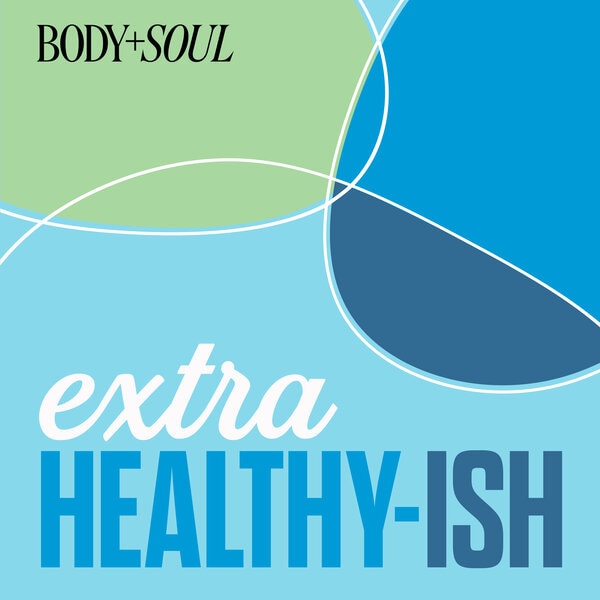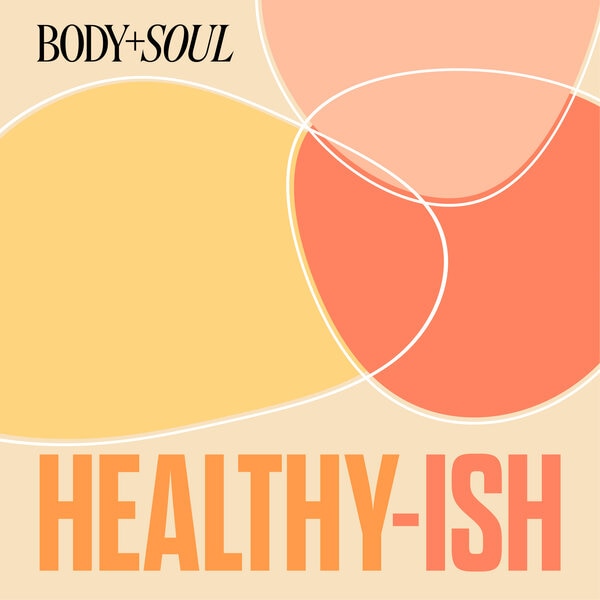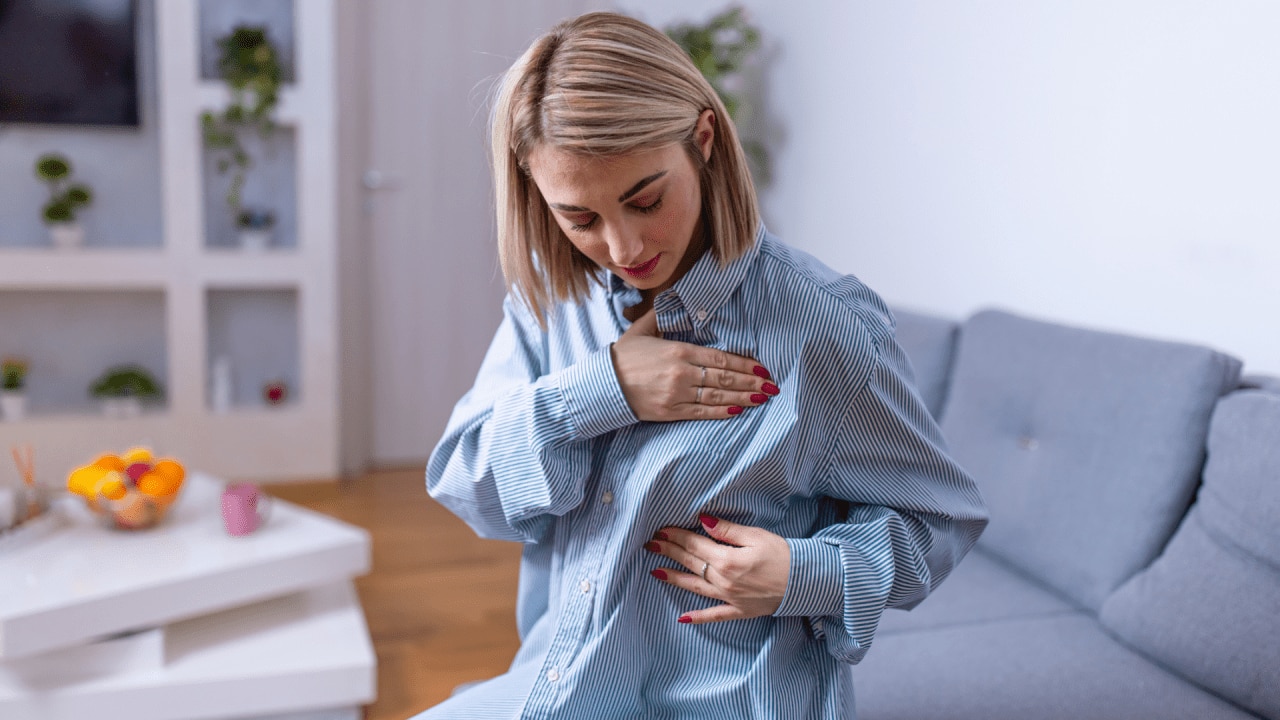According to the National Breast Cancer Foundation, one in seven Australian women are diagnosed with breast cancer over their lifetime, and around 1000 young women each year.
And while breast cancer is highly treatable when detected early, survival rates drop significantly when the tumours aren’t found in time – dropping to nearly 25 per cent.
After a brush with breast cancer in her own family in 2015, assistant professor Canan Dağdeviren at the Massachusetts Institute of Technology (MIT) has since led a team of researchers to develop the first-ever ultrasound bra insert, to assist with early detection.
Like what you see? Sign up to our bodyandsoul.com.au newsletter for more stories like this.
The wearable ultrasound device was created to detect tumours when they’re still in the early stages of growth. “In particular, it could be valuable for patients at high risk of developing breast cancer in between routine mammograms,” reads a statement from the MIT press office.
While the device follows the same principles as a regular ultrasound, Dağdeviren’s creation is set apart through its ergonomics. It was created to “confirm to the body and capture data”, in a way that is significantly easier, cheaper and more accessible than a radiography appointment.
In terms of appearance, it looks like a plastic mesh roughly in the shape of a teardrop. It can be attached to a bra – held in place by magnets. Once attached, the wearer can move the ‘tracker’ around the device, to “image the breast tissue from different angles.”
In the new study testing the devices, led by Dağdeviren’s Conformable Decoders research group at MIT, they found they “could obtain ultrasound images with resolution comparable to that of the ultrasound probes used in medical imaging centres.”
“We changed the form factor of the ultrasound technology so that it can be used in your home. It’s portable and easy to use, and provides real-time, user-friendly monitoring of breast tissue,” says Dağdeviren, who was the senior author.
The imaging can be performed at any time, and is based on the same tech found in hospitals and radiology labs, “but incorporates a novel piezoelectric material that allowed the researchers to miniaturise the ultrasound scanner.”
In Australia, mammograms are freely available to women aged 50 to 74, every two years. According to the Cancer Council, “Women aged 40-49 and those aged over 74 can also be screened free of charge, but they will not receive invitation letter” – which is often the prompt people need to get the scans.
While mammograms are an apt solution for regular but infrequent scans, they’re not a perfect science. The procedure involves squishing the breast tissue between two plates, which Wired writes can “deform a tumour if it’s there”. They’re also not a bulletproof test for those with dense breast tissue, or particularly lumpy breasts.
Plus, since the radiation comes via X-rays, they can’t be done that often – which is also a relief for many women who find the process quite uncomfortable.
However, breast cancers don’t necessarily grow in line with mammogram scans. 20 to 30 per cent of all breast cancer cases come from tumours which develop between scans, called interval tumours.
The tumours also tend to be “more aggressive than those found during routine scans,” reports MIT – a perfect storm when paired with late diagnoses.
Dağdeviren’s goal is “to target the people who are most likely to develop interval cancer.”
However, the devices could do good far beyond that – making a marked difference for those in high-risk categories monitoring for cancer, like people with a family history, or those with BRCA gene mutations, where tumours are significantly more likely to appear, and reappear.
As a start, Dağdeviren plans to prioritise getting the devices to those with a family history, and communities of women with reduced access to screening programs.
“When breast cancer is detected early, women have a much greater chance of being treated successfully and for most women the cancer will not come back after treatment,” says the Cancer Council.
Dağdeviren concurs, saying “With more frequent screening [via the portable device], our goal [is] to increase the survival rate to up to 98 per cent.”



